A Matter of Distinction
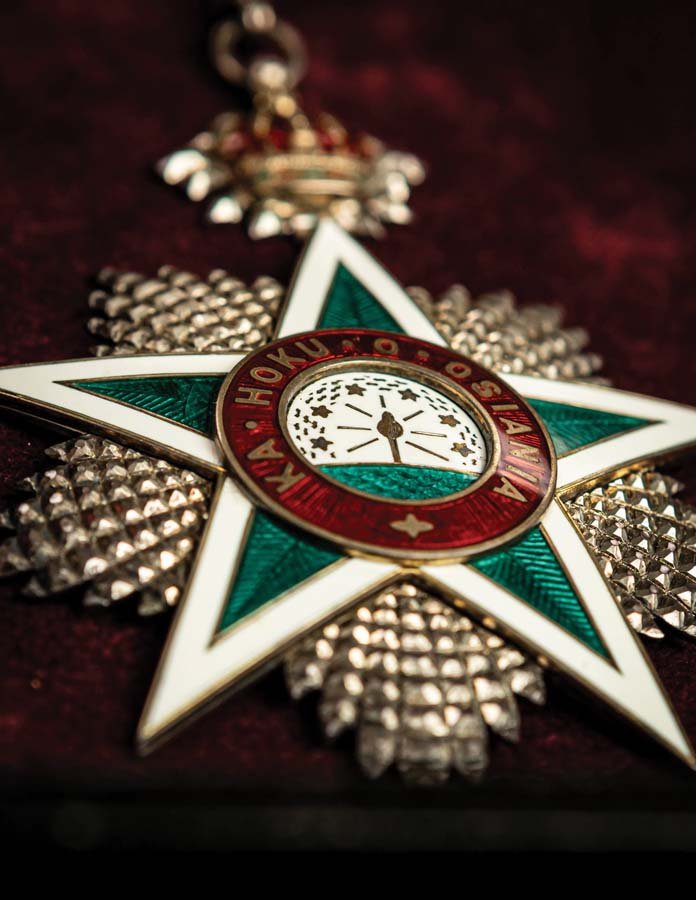
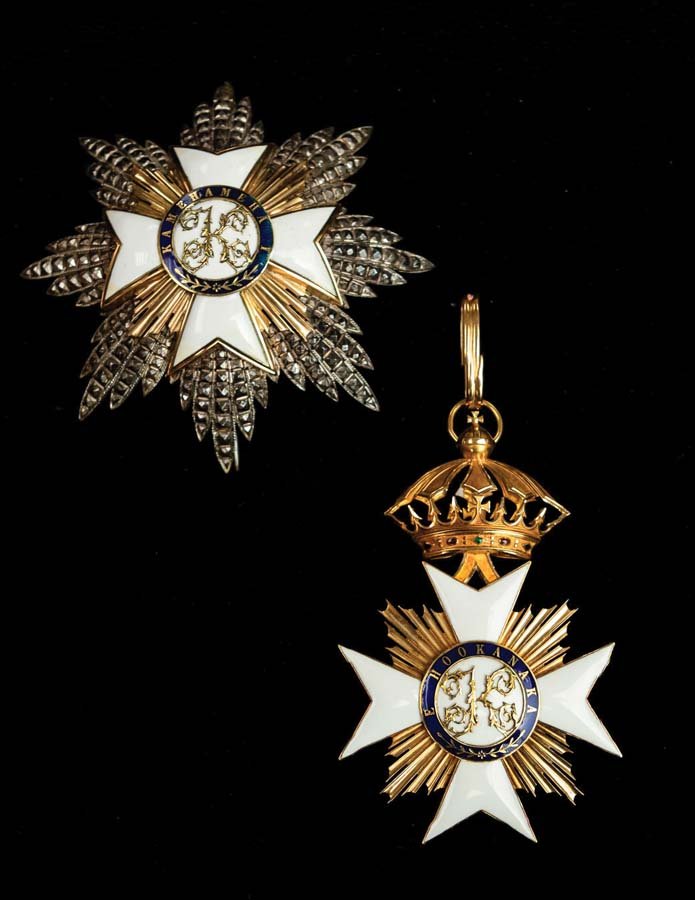
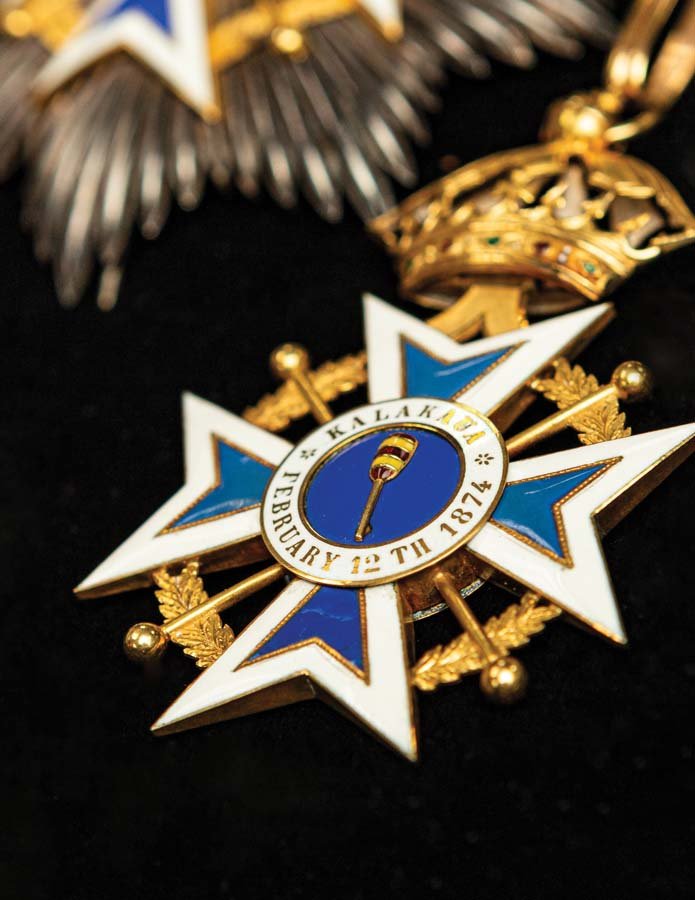

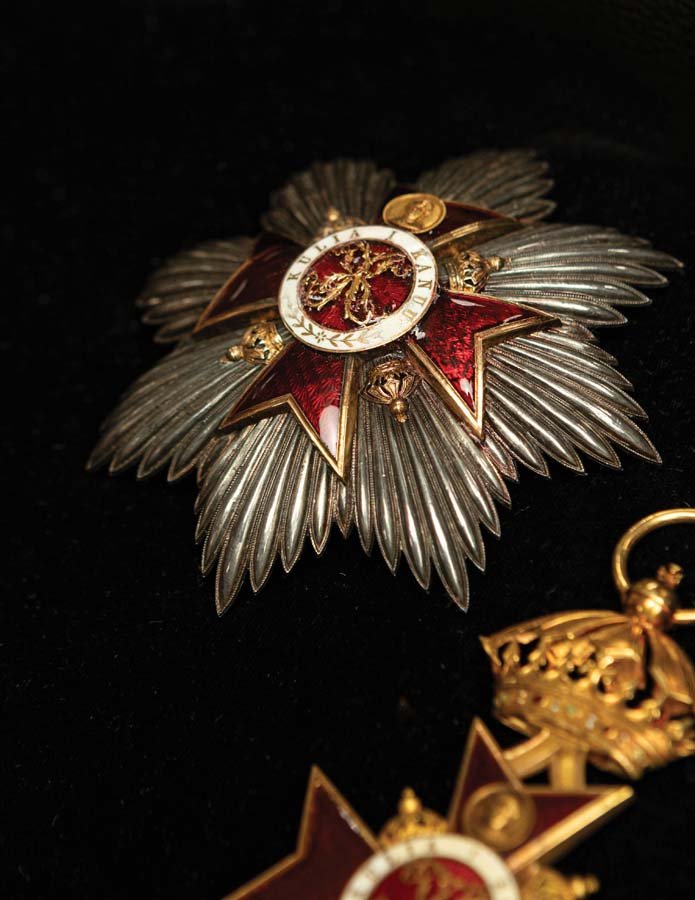
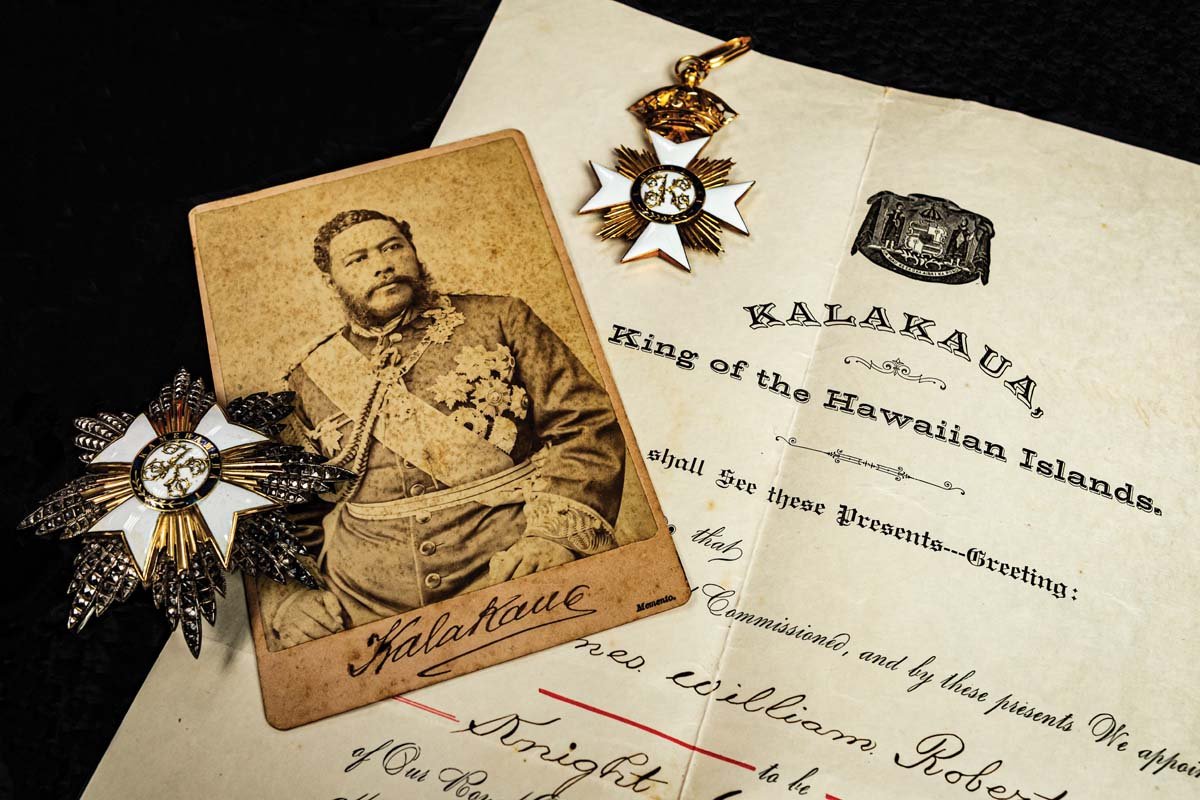
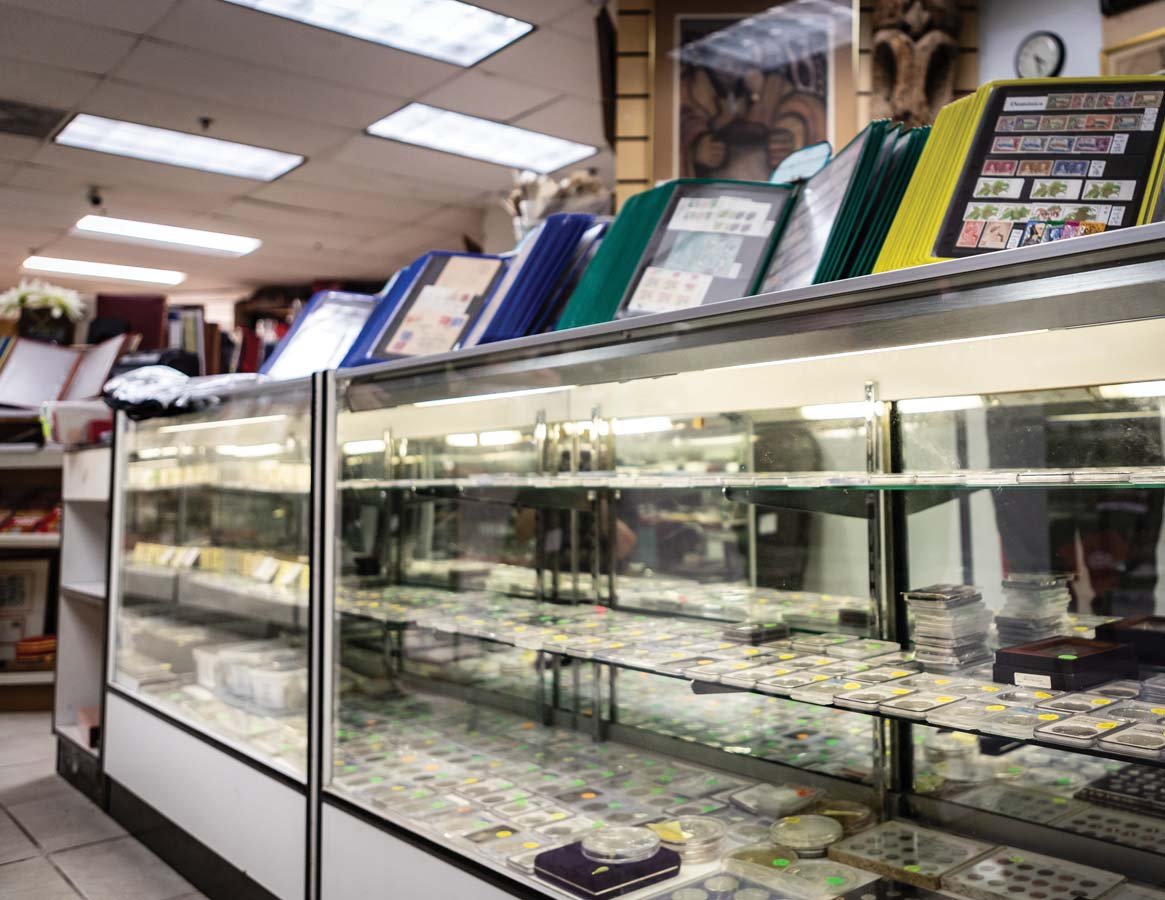
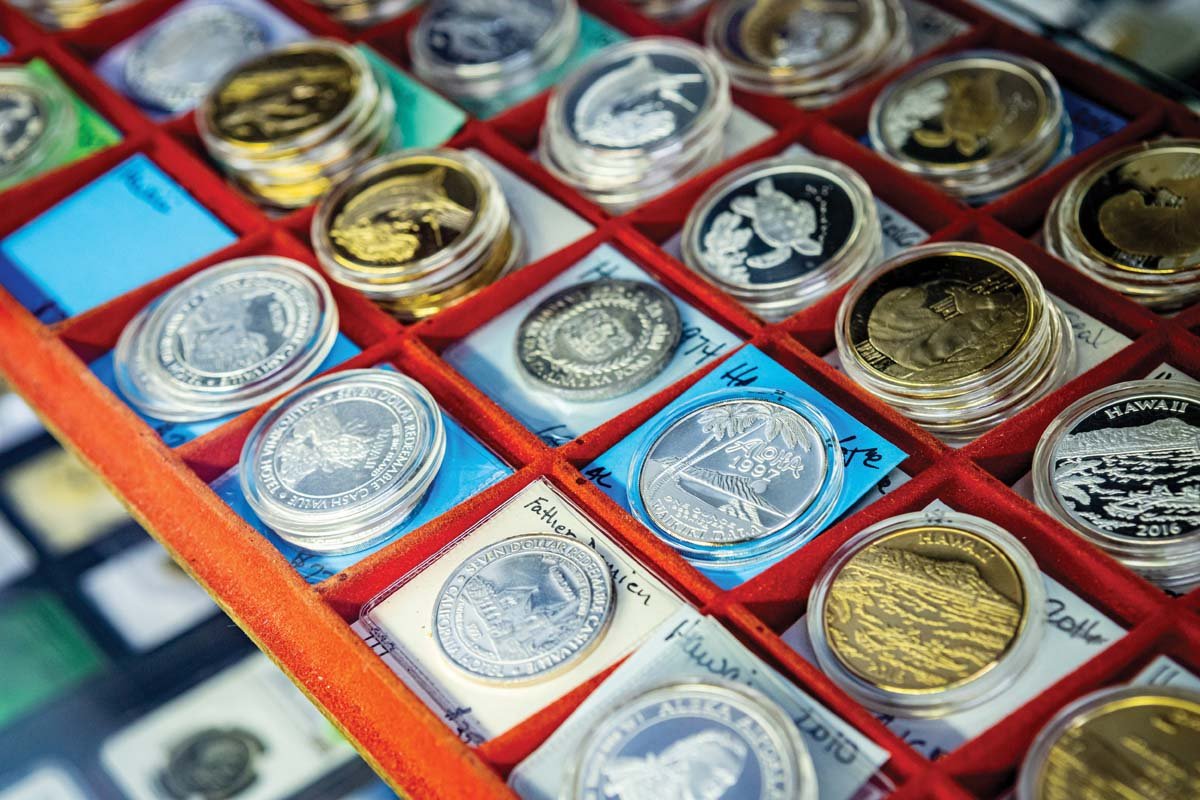
In late 1800s Hawai‘i, if you performed a distinguished service for the Hawaiian Kingdom, you might be appointed to the Royal Order of Kamehameha I, a knightly order established by Lot Kapuaiwa, Kamehameha V. Created to protect and promote the sovereignty of Hawai‘i, membership to the Order of Kamehameha I came with three classes of insignia, each with a Maltese cross in white enamel atop gold or silver stars. At the center, a stylish letter K on a blue-and-white shield with “Kamehameha I” was emblazoned along the rim.
These medals of merit were to be worn with pride, usually on an ornamental collar or ribbon sash. Royal orders were a symbol of the king’s favor and receiving this distinction meant joining the likes of Queen Victoria, Prussia’s King Wilhelm I, Emperor Meiji of Japan, Emperor Franz Joseph of Austria, Sultan Abdul Hamid II of the Ottoman Empire, and other illustrious recipients of this honor (usually a mix of foreign royalty and other dignitaries).
“In France and Great Britain, royal orders came out for 500 years and are still being issued today. Some countries gave them out to anybody who served in a war,” says Donald Medcalf, owner of Hawaiian Islands Stamp and Coin. “But Hawaiian orders are considered some of the rarest in the world because they only came out from 1865 to 1892, less than 30 years.” Kamehameha V established the Royal Order of Kamehameha I in 1865, partially as a way to honor his grandfather, who united the Hawaiian Kingdom. In early 1893, the overthrow of the Hawaiian monarchy ended the tradition of royal orders during Queen Lili‘uokalani’s reign.
Medcalf would know; he wrote the book on royal relics—literally, publishing Hawaiian Money: Standard Catalog: Includes Tokens, Medals & Royal Orders in 1978. For more than 50 years, Medcalf has been advising collectors (and even museums and ‘Iolani Palace) on the value of royal orders as well as assorted other royalty items, such as buttons worn by King Kamehameha III and his staff, medals commemorating King Kalakaua’s Jubilee, and letters signed by the monarchy, among others.
From his former shop at the corner of Hotel and Bishop streets in downtown Honolulu (and Hawai‘i Kai before that), Medcalf and his team have discovered, appraised, bought, and sold thousands of different currencies, stamps, bullion and other rare artifacts. His customers range from parents helping their kids start coin collecting to celebrities vacationing in the Islands.
In the 1980s, an older man came into Medcalf’s shop and spent nearly $15,000 on assorted currency. He called back a few days later wanting to buy more items and asked Medcalf to meet him in his hotel room at the ‘Ilikai. “I thought, is this a setup and is he going to shoot me or something? I bring stuff anyway and he buys it all,” Medcalf says. “He had these two good looking women with him and I said, ‘Your grandfather is a really cool guy.’ And they go, ‘He’s not our grandfather, he’s our boyfriend.’ We found out later that guy was the brother of the president of Mexico.”
A few years later, actor James Earl Jones, a prominent coin collector, visited Hawaiian Islands Stamp and Coin and purchased Medcalf’s book as well as several rare Hawaiian coins and paper money. Passersby saw Jones through the shop window and rushed in for autographs and photos. “He came through one afternoon, bought a few items then left. For weeks afterward, all these random people were coming in and asking, ‘Is James Earl Jones still in here?’”
Medcalf isn’t fazed. He’s been working with collectors (famous or otherwise) since he was a boy growing up in his dad’s shop. “I hated this whole industry as a kid,” says Medcalf. “That’s how it goes: If your father’s a cop, you’ll be a criminal. If your father’s a minister, you’ll be a Hell’s Angel.” Don Medcalf’s father, Gordon Medcalf, moved their family from Washington to Hawai‘i in 1961 and ran coin companies in the former Alexander Young Hotel in downtown Honolulu, Ala Moana Center, Lahaina, the U.S. Virgin Islands, and Vancouver for more than 40 years.
Medcalf’s father wrote the first book on royal orders in 1962 after taking a serious interest in Hawaiian history. Like his father, the younger Medcalf also developed a love for research. He spent long hours at the Hawai‘i State Archives and learned on the job while dealing with Hawaiiana of all types at his shop. “Decades ago, nobody knew much about royal orders. [Gorden Medcalf’s] book listed what the different classes were, when they were created, and all the people who were awarded,” Medcalf says.
King Kamehameha V awarded the Royal Order of Kamehameha I for a total of 57 times. His elected successor King Kalakaua awarded the order 82 times and created four more: the Royal Order of Kalakaua I in 1875 to commemorate his election as king; the Royal Order of Kapi‘olani in 1880 to honor his queen and celebrate achievements in arts and sciences; the Royal Order of the Crown of Hawai‘i in 1882 to commemorate Kalakaua’s coronation; and the Royal Order of the Star of Oceania in 1886, awarded to those working to advance the influence of Hawai‘i throughout the Pacific. These royal orders celebrated achievement and paid homage to generations past.
“I learned about royal orders and a lot of this from my father,” Medcalf says. “Then I opened my own store when I turned 21. And I’m still at it today.”
